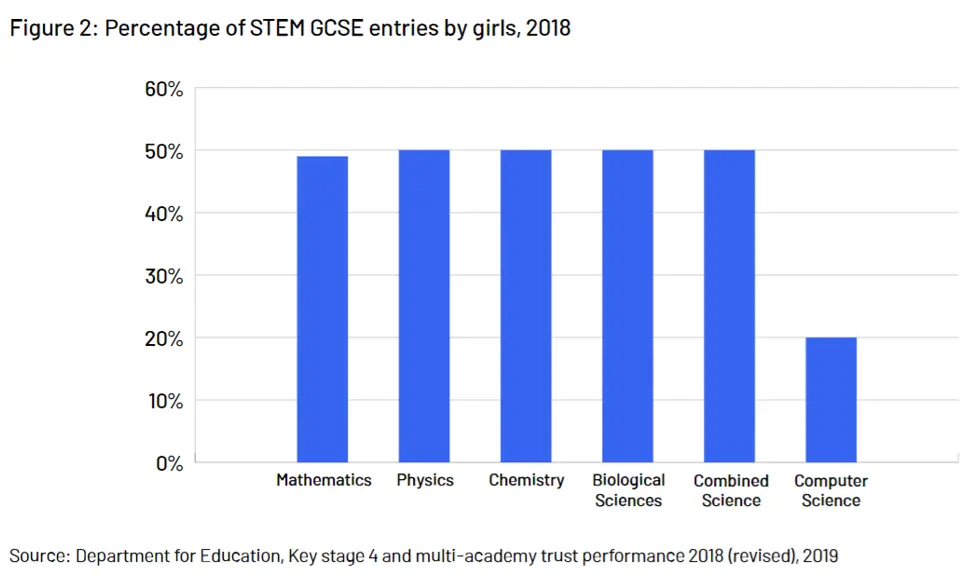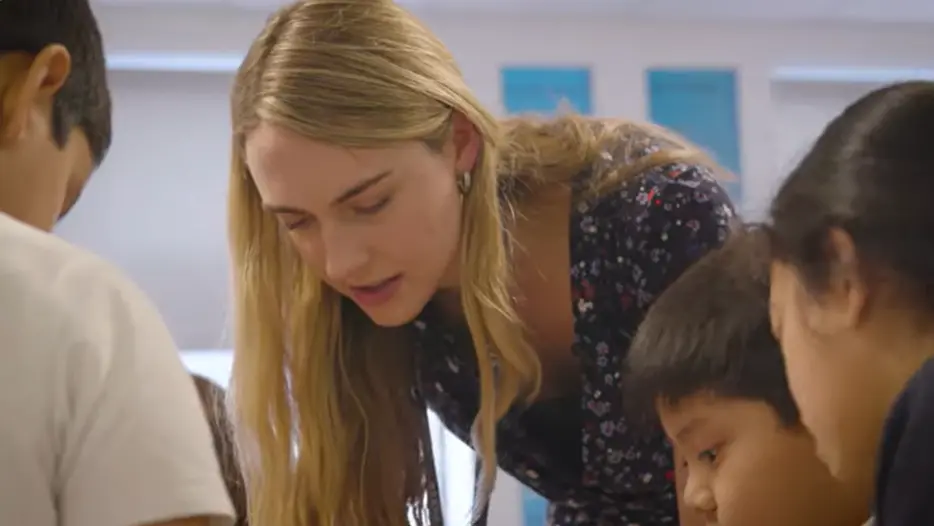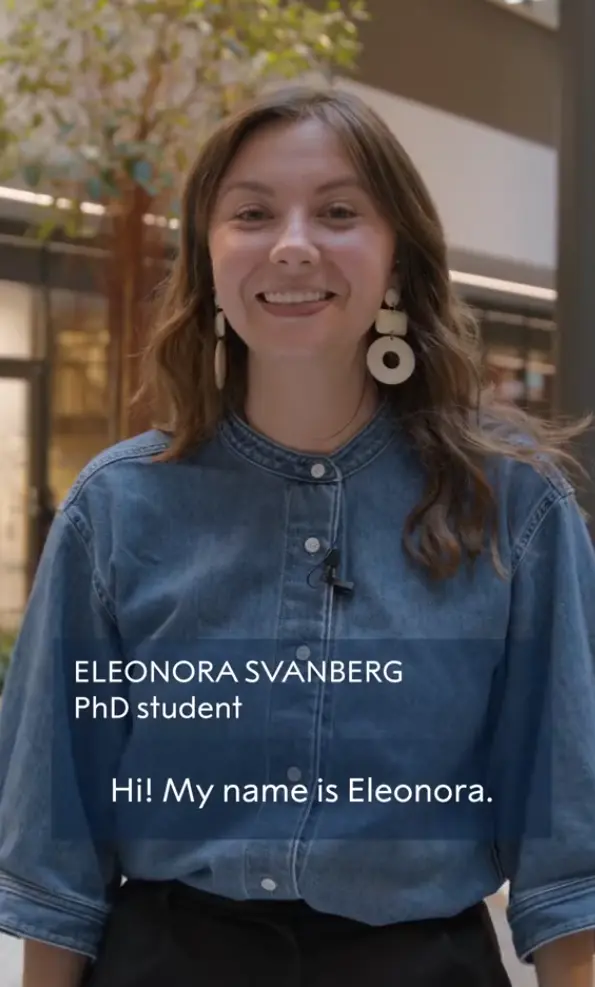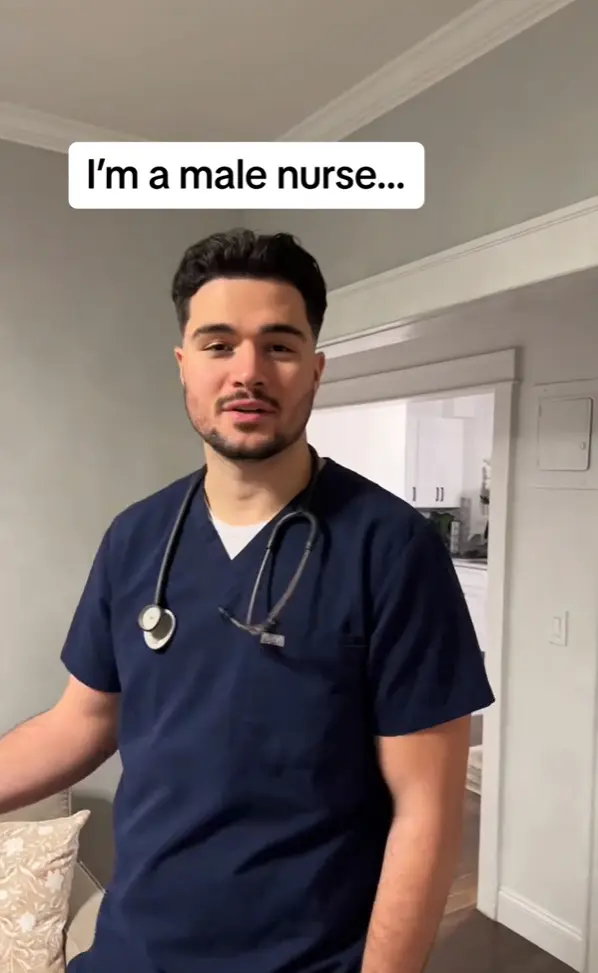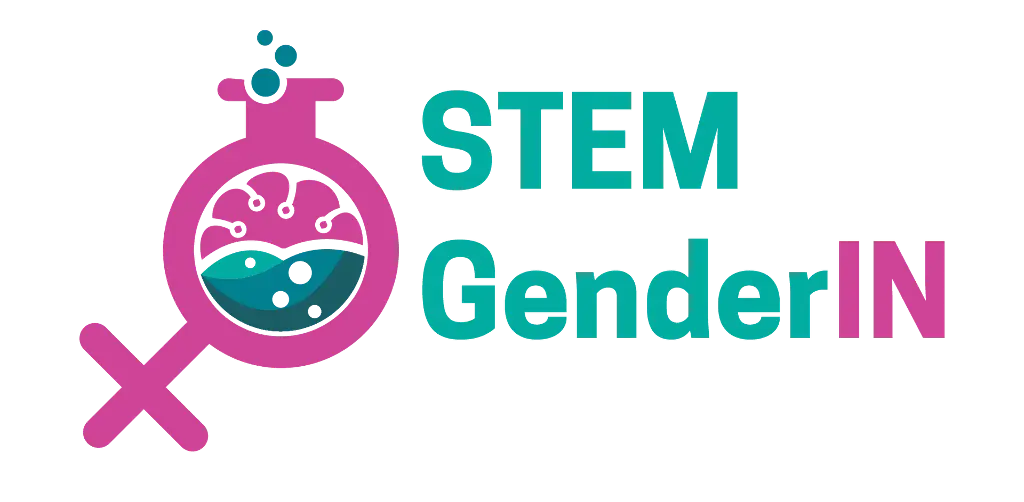How to offer a gender inclusive career guidance in my school?
How to offer gender inclusive career guidance in my school?
Gender inclusive career guidance in schools requires a comprehensive approach to gender inequality by working to eliminate stereotyping and bias.
It may take some time to fully apply a gender inclusive career guidance in the school because it may be impossible to make all the desirable changes in a short time. In any case, according to the British Institute of Physics, it is important to adopt a plan with a timetable aiming at:
1. Having a programme of careers education and guidance that is known and understood by pupils, parents, teachers and employers.
This implies the need to create opportunities for all of them to learn about gender bias in order to reduce the risk of reinforcing gender stereotypes during formal and informal career-related activities and discussions.
Possible Actions:
- Implement an internal document with guidelines for stereotype-free career and study options.
- Gather and disseminate progression data from previous years can help to identify trends in gender gaps in your school.
- Use multiple opportunities to share the message that gender bias is not acceptable or inevitable, and can be reduced using suitable strategies.
- Exercise: Analyse these graphs. Can you compare the data with your school and country?
2. Learning from careers and labour market information.
Students and parents may lack accurate knowledge about changing job markets and higher education. They should have access to good quality information about future study paths and employment choices to reduce the risk of making decisions based on gender stereotypes. To include as many parents and students as possible relevant information can be shared using multiple channels such as newsletters, the school website, social media networks as well as school events.
Possible Actions:
- Use multiple opportunities to direct families to careers information they can access at home and that is available in your countries/regions, and in some professional organizations, e.g. https://futuralia.fil.pt/
- On this European Union website you have information about career guidance systems and services available in your country: https://www.cedefop.europa.eu/en/tools/vet-in-europe/systems/romania-u3
- You can also find some good practices examples from other countries here: https://euroguidance.eu/guidance-systems-and-practice/good-practices
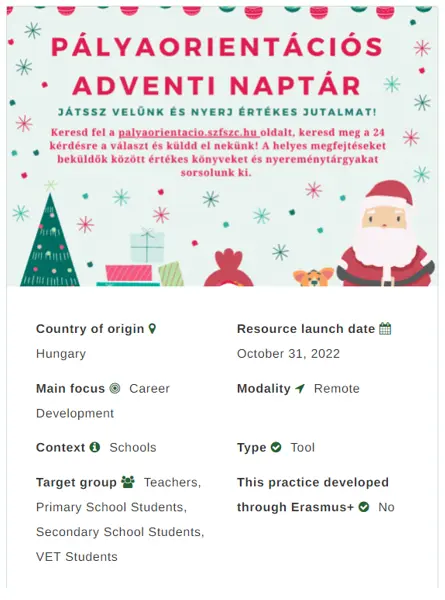
Good Practice Example 1:
Advent calendar developed by schools in Hungary with examples of trainings-professions.
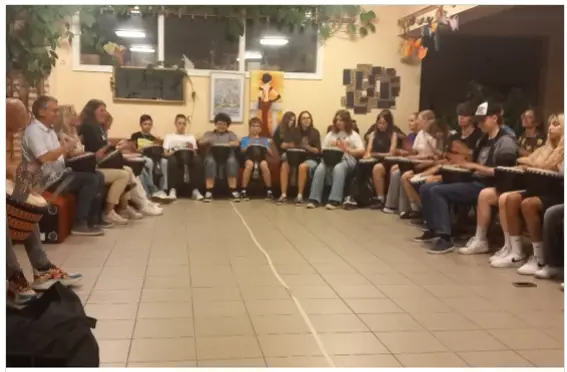
Good Practice Example 2:
CAREER NIGHT – a career exploration event concept for 8-12 graders - Lithuania.
Organized by the Association of Career Specialists of Lithuania, a team of 6-8 career consultants visits schools to conduct all-night career activities.
The goal is to focus on career topics for one night, offering a unique and intensive learning experience. Despite its intensity, the variety of activities and the balance between learning and fun ensure maximum engagement and benefit.

Good Practice Example 3:
Cognitive game “Occupational Lotto”
“Occupational Lotto” is a card game for persons aged 12 and over,
designed to support learning about different occupations and stimulate
discussion about the importance of personal qualities in choosing an occupation
and that can be used by vocational guidance counsellors to shed light on the
criteria for choosing an occupation in a different way.

Good Practice Example 4:
Gender-sensitive career guidance method sets - Girls’ Day and Boys’ Days
Girls’ Day – Future Prospects for girls
Every year technical enterprises, and technical training facilities, universities, and research centres are invited to organise an open day for girls. Girls' Day encourages the surroundings of the young women – i.e. families, school, media and employers – to participate in the campaign and change their common attitudes towards vocational orientation.
Boys’ Day – Future Prospects for boys
On Boys’ Day, boys learn more about service occupations in the sector of education, social affairs, health-care or other occupations where men are underrepresented. They also have the opportunity to join activities in the fields of life planning and social competences.
- Check online resources for detecting gender stereotypes in images and examples before sharing. Also check that the language is suitable for non-specialists.
- Choose images related to the job rather than the person doing the job.
- Show non-typical gender job roles in lessons using videos, like Why STEMinism matters in the classroom and beyond, or Tiktoks that showcase girls in STEM (Eleonora Svanberg Physics or Eleonora Svanberg Nobel Prize) and boys in care jobs (Male Nurses or Men in Childcare and Nursery).
3. Giving advice and support tailored to the needs of each pupil, embedding equality and diversity considerations throughout.
As they get older, students are increasingly exposed to gender stereotypes through different channels including their peers, personal encounters and media coverage.
4. Linking curriculum learning to careers. In particular, STEM subject teachers should highlight the relevance of STEM subjects for a wide range of future career paths.
Teachers may hold and unconsciously share gender stereotypical views about subject difficulty, jobs and employability skills.
Possible Actions:
- Use the inspiring video from Engineers for a day Portuguese project Promotional Video in English or Inspiring Women, a one minute overview.
- Past pupils can be very powerful role models when it comes to challenging stereotypical roles; look for opportunities to invite them in to engage with students.
- Employers often have gender networks aimed at increasing diversity. Try to link into these when working with employers.
5. Every pupil should be given multiple opportunities to learn from employers and employees about work, employment and the skills that are valued in the workplace.
A range of enrichment activities can be used, including visiting speakers, mentoring and enterprise schemes. It is important to use targeted invitations or opportunities to overcome gender bias as there are some heavily gendered environments in some industries. It is also relevant to avoid using gender biased names for jobs (e.g. firefighter not fireman).
See the example of Natixis: Portraying Natixis’Talented Women.
6. Every pupil should be given the possibility of having first-hand experiences of the workplace - through work visits, work shadowing and/or work experience - to help their exploration of career opportunities and expand their networks. Such experiences must also challenge students’ stereotypical beliefs. Focus must be given to attributes needed to do the job rather than gender stereotypes when inviting students.
7. All pupils should understand the full range of learning paths that are available to them. This includes both academic and vocational routes and learning in schools, colleges, universities.
This is important to avoid students seeking out or being guided towards courses that match the ‘norm’ for their gender, as often occurs.
Prospectuses and other informative materials should be audited beforehand for gender bias; in case of concern, it should be considered to raise the issue directly with the provider.
You can inspire your action in the resources and guides proposed by the LIMIT LESS campaign, prepared by the IOP Institute of Physics ("School Careers Activities: A Limit Less campaign resource for IOP members and volunteers”), where you have also a practical slide presentation you can use.
Example: see Limit Less.

Also, for some examples on role models and inspiring women in STEM, we recommend you take a look at the other mini-trainings developed by the STEMGenderIN project:
- “Stories and examples of successful women in STEM” whose main goal is to understand the impact of women role models in STEM by enabling students to analyse the importance of diverse women role models in STEM fields and to identify how representation influences student engagement, motivation and career aspirations in STEM disciplines.
- “The impact of role model in STEM” which aims to to raise awareness about the gender gap in STEM and demonstrate how role models can help address this issue by promoting mentorship and highlighting how mentors provide long-term support and guidance to help women navigate academic and professional challenges, develop key skills, and build confidence.
8. Every pupil should have opportunities for personal guidance interviews with a career adviser who is trained to an appropriate level. These should be available whenever significant study or career choices are being made.
Guidance interviews must be carefully planned to avoid gender stereotyping and bias:
- Together with questions based around the student’s abilities, interests and achievements, it is important to consider their personal qualities, motivation and employability skills. Employability skills include communication, problem solving, team-working and decision-making and may be developed in lessons, hobbies and part-time jobs. Using a template for interviews can help reduce assumptions made about students and ensure questions are impartial.
- Ensure statements avoid gender bias and focus on skills and attributes, for example “I recommend this course because of your interests/achievements…”, rather than “I recommend this course because other girls who’ve taken it have enjoyed it…”.
- Assure gender is mentioned when talking about jobs and challenge statements from students, teachers and families like “Nursing is a good choice for girls” or “Physics is for boys”.
There are no comments for now.

